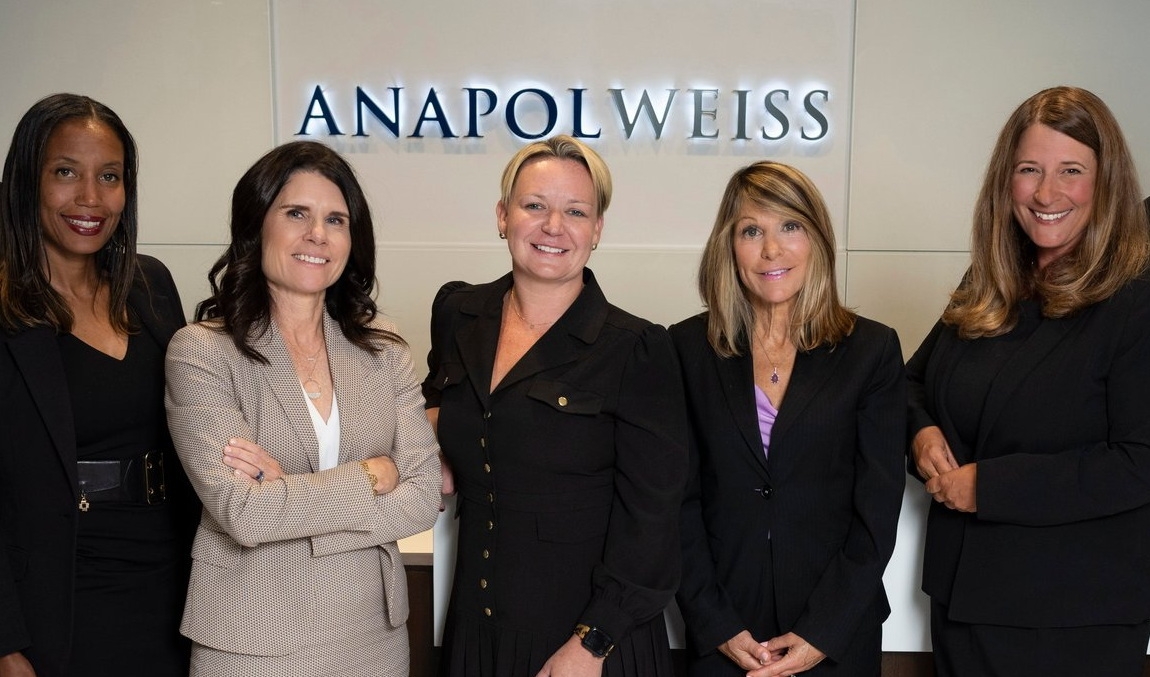Obstetricians must act quickly when a baby is suffering from shoulder dystocia – meaning his or her shoulder is stuck behind the mother’s pubic bone during delivery. Too much pressure or pulling too hard can tear a newborn’s brachial plexus nerves and cause lifelong issues.
Shoulder dystocia can occur when a large infant, called a macrosomic baby, is too big to deliver normally. There are many risk factors for fetal macrosomia, including an overdue pregnancy, maternal diabetes and/or obesity, and excessive weight gain during pregnancy, according to an article by Mayo Clinic. The questions below are important for any at-risk mother to ask.
How is a Macrosomic Baby Diagnosed?
Physicians can predict a macrosomic baby with an ultrasound, by feeling the mother’s belly, or with an internal exam. Once diagnosed, a Cesarean section may be performed to prevent injury. Mothers-to-be should have a conversation with their obstetricians about the preferred procedure to check for fetal macrosomia.
Are There Delivery Maneuvers to Avoid Injury?
If a large baby’s size isn’t discovered until after labor has begun, there are birth maneuvers that can still result in a safe delivery. These options are widely known and are used to avoid severe injuries caused by shoulder dystocia. Obstetricians should know these maneuvers and be willing to use them.
How Can Parents Get Help with Shoulder Dystocia Injuries?
Brachial plexus injury during birth can lead to brachial plexus palsy, but permanent issues are preventable if an obstetrician pays close attention and acts quickly. Unfortunately, families are the ones who suffer the consequences when shoulder dystocia is not managed properly.
Contact our firm if your child was diagnosed with brachial plexus palsy or Erb’s palsy. We diligently represent the families of children injured during birth, and our team can help you.
Has your child suffered this injury? Let us evaluate your case, tell us what happened.

